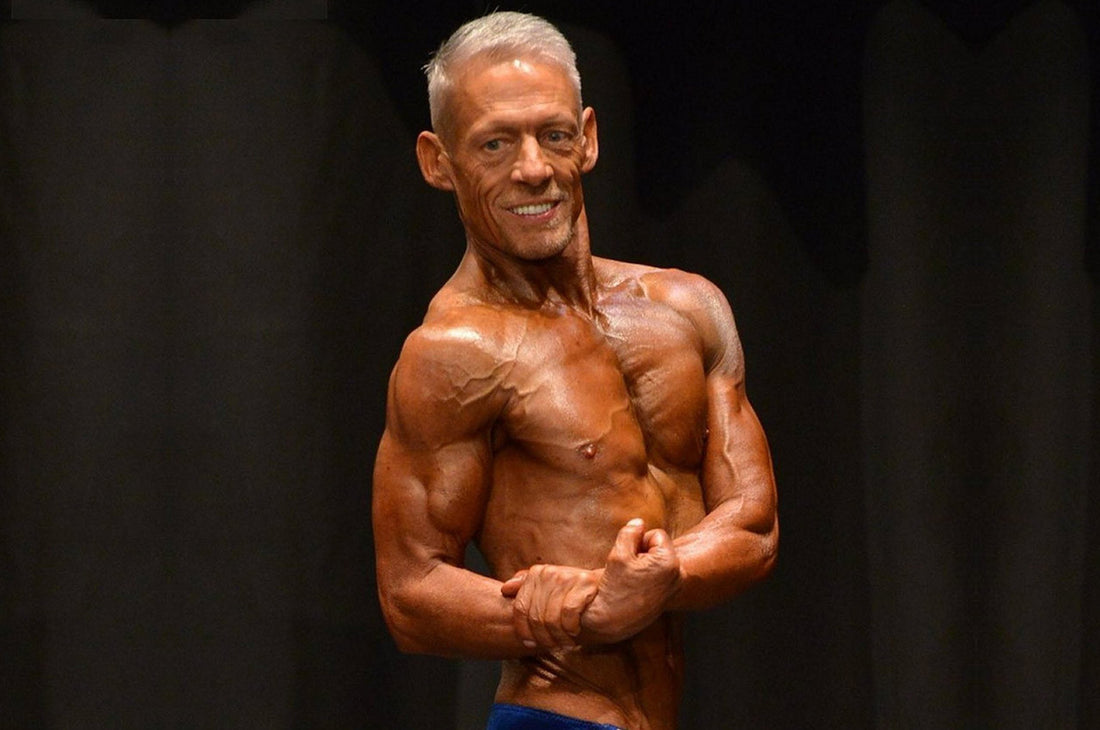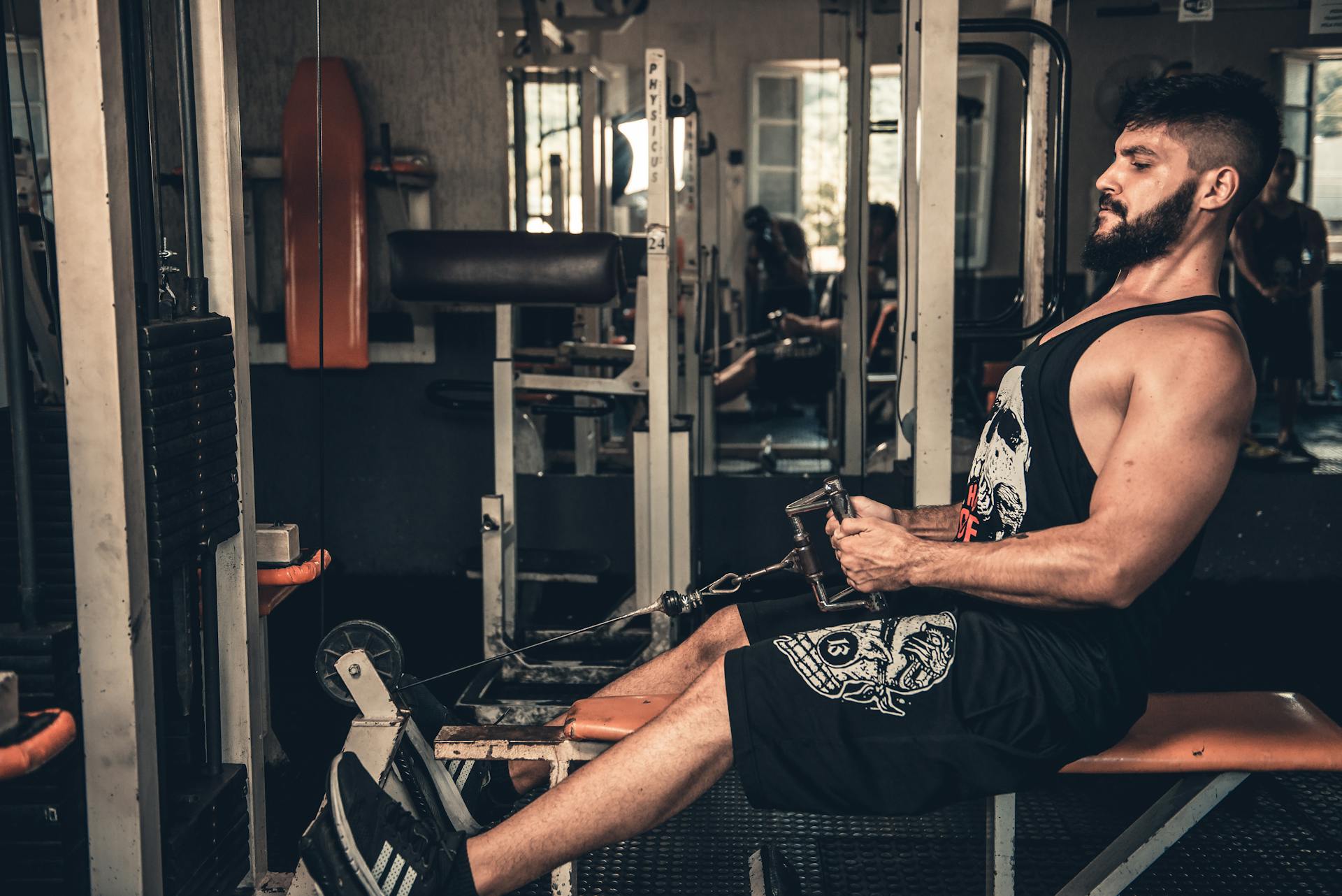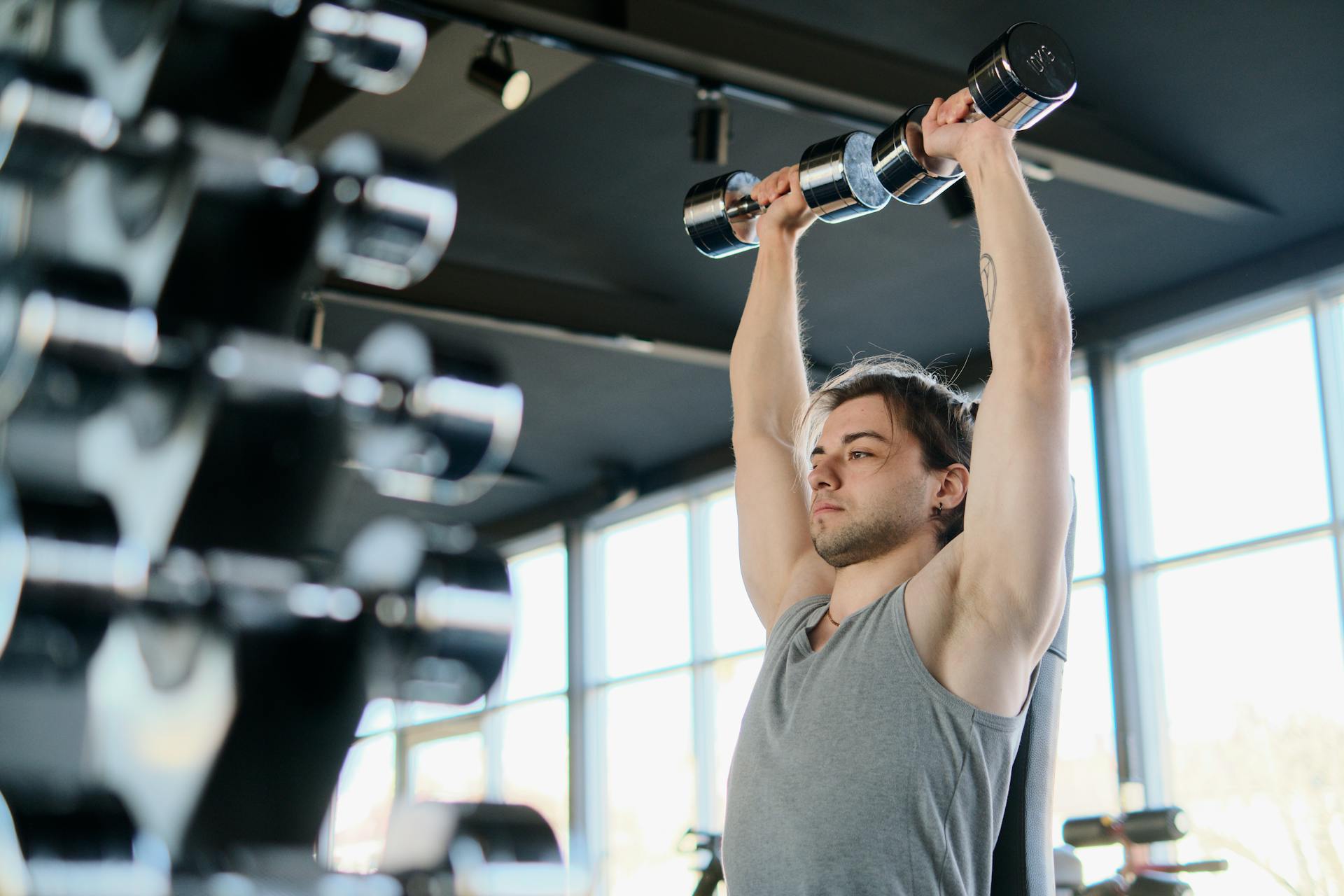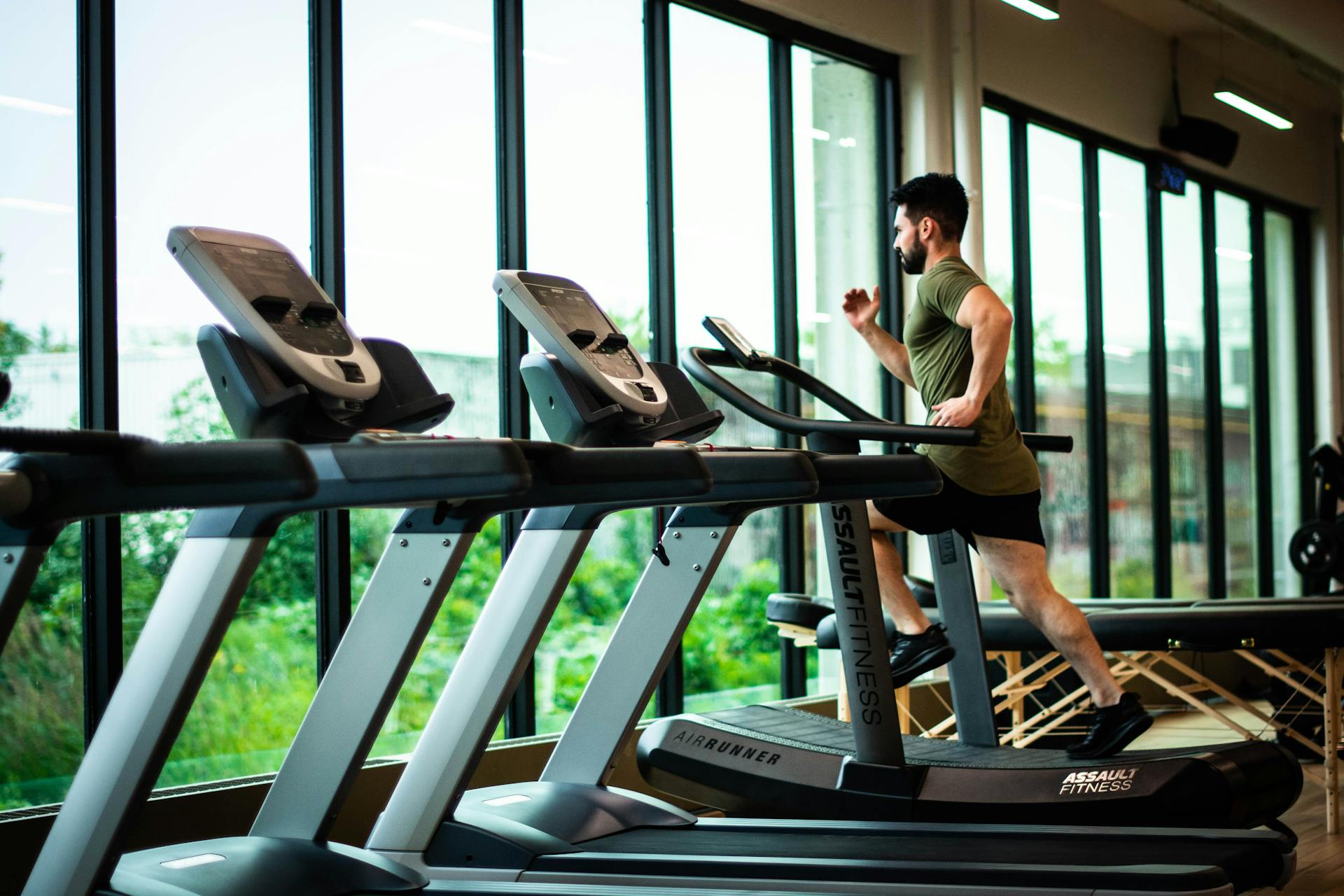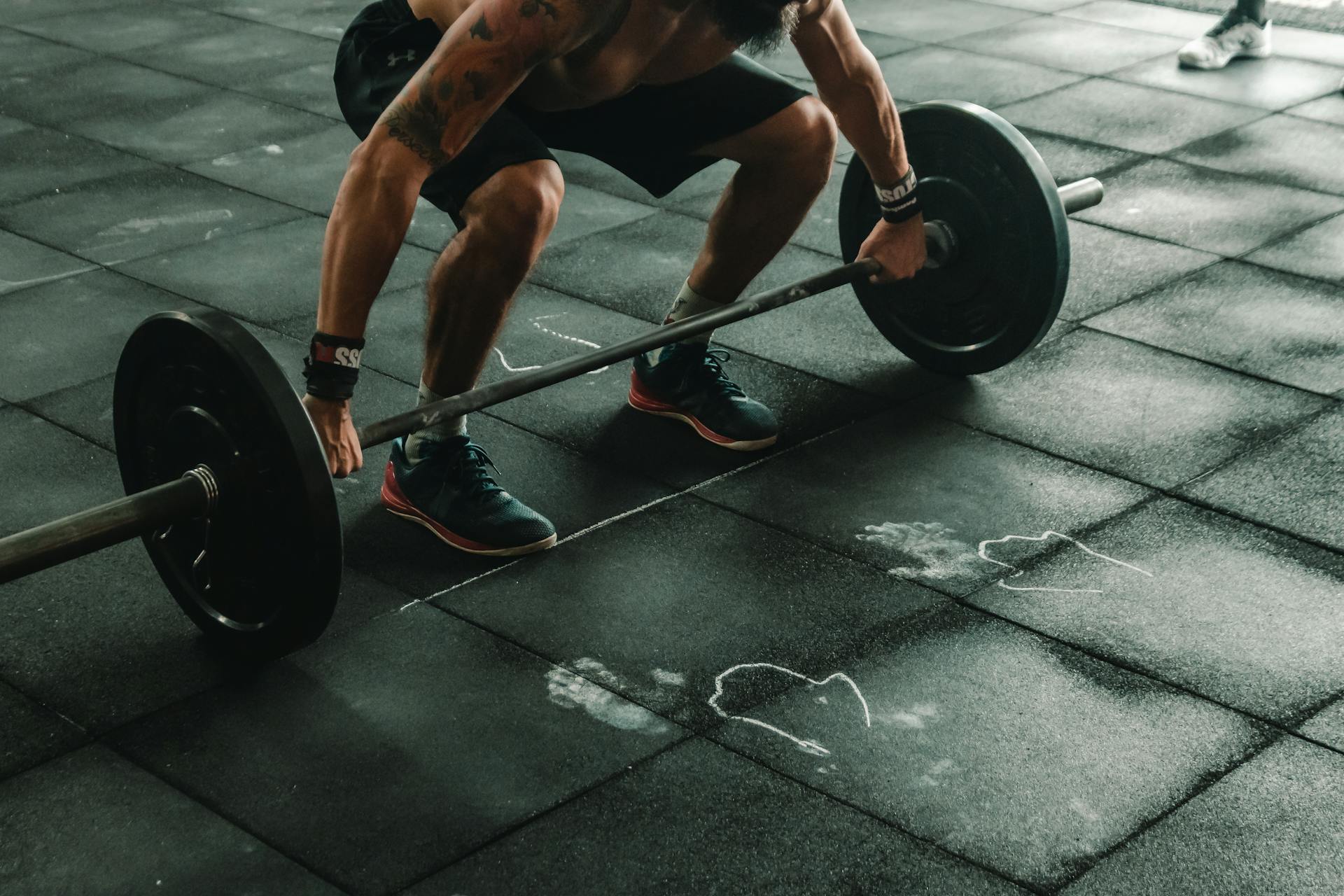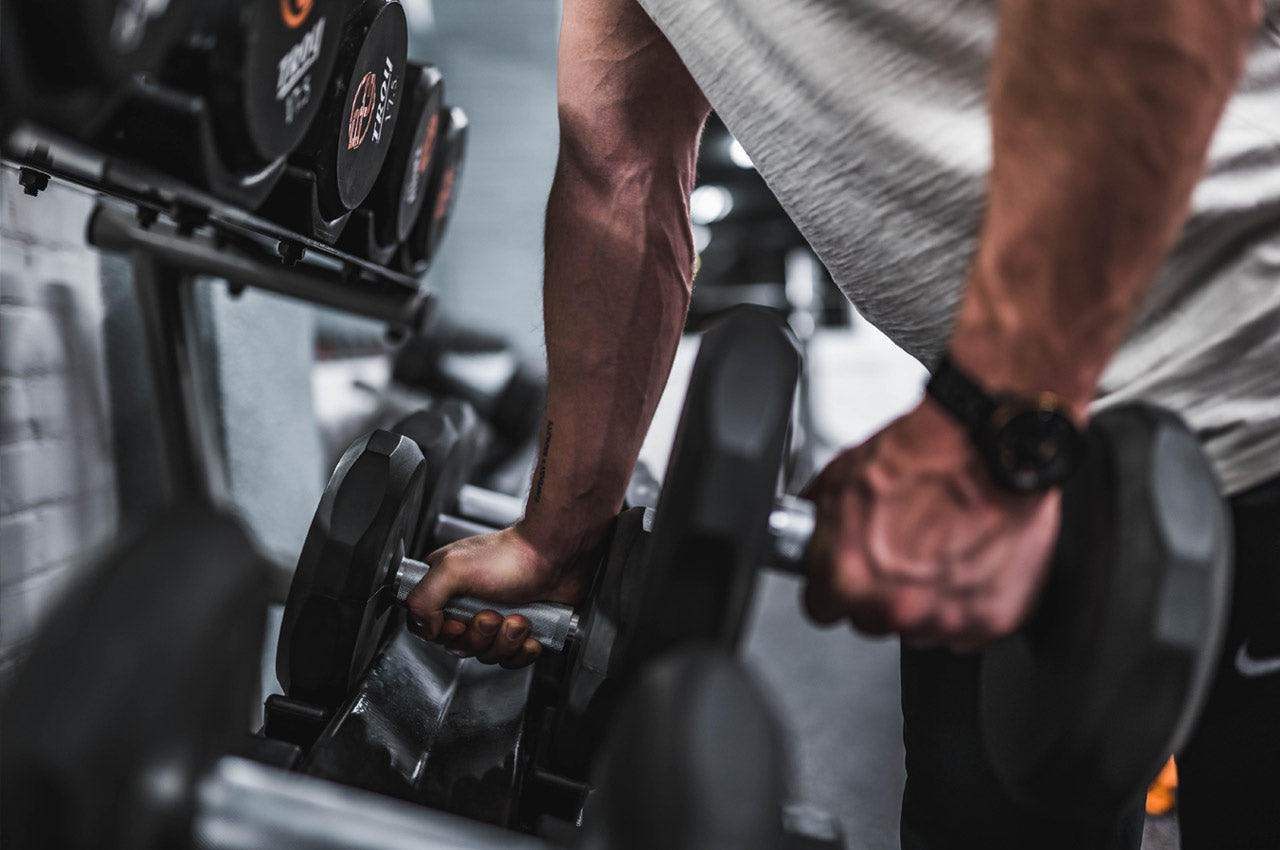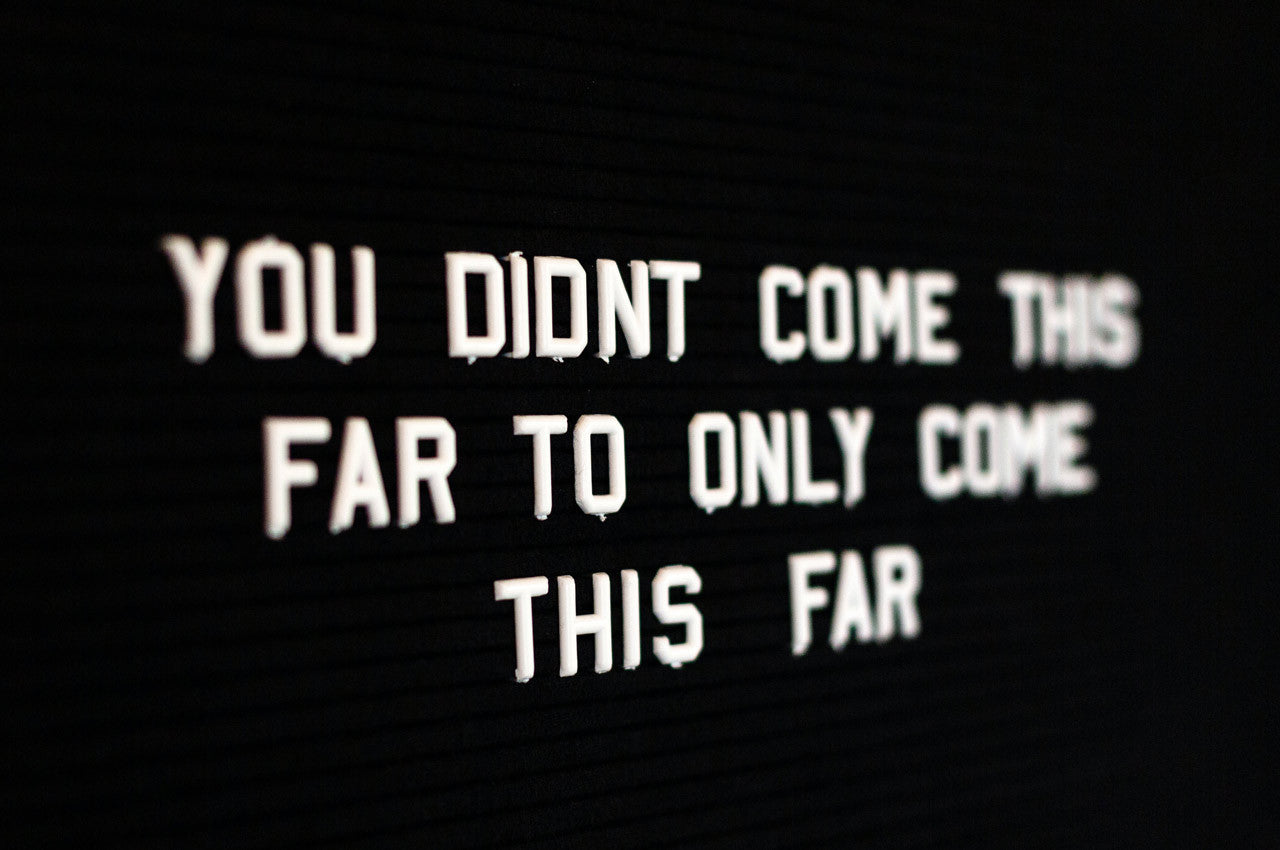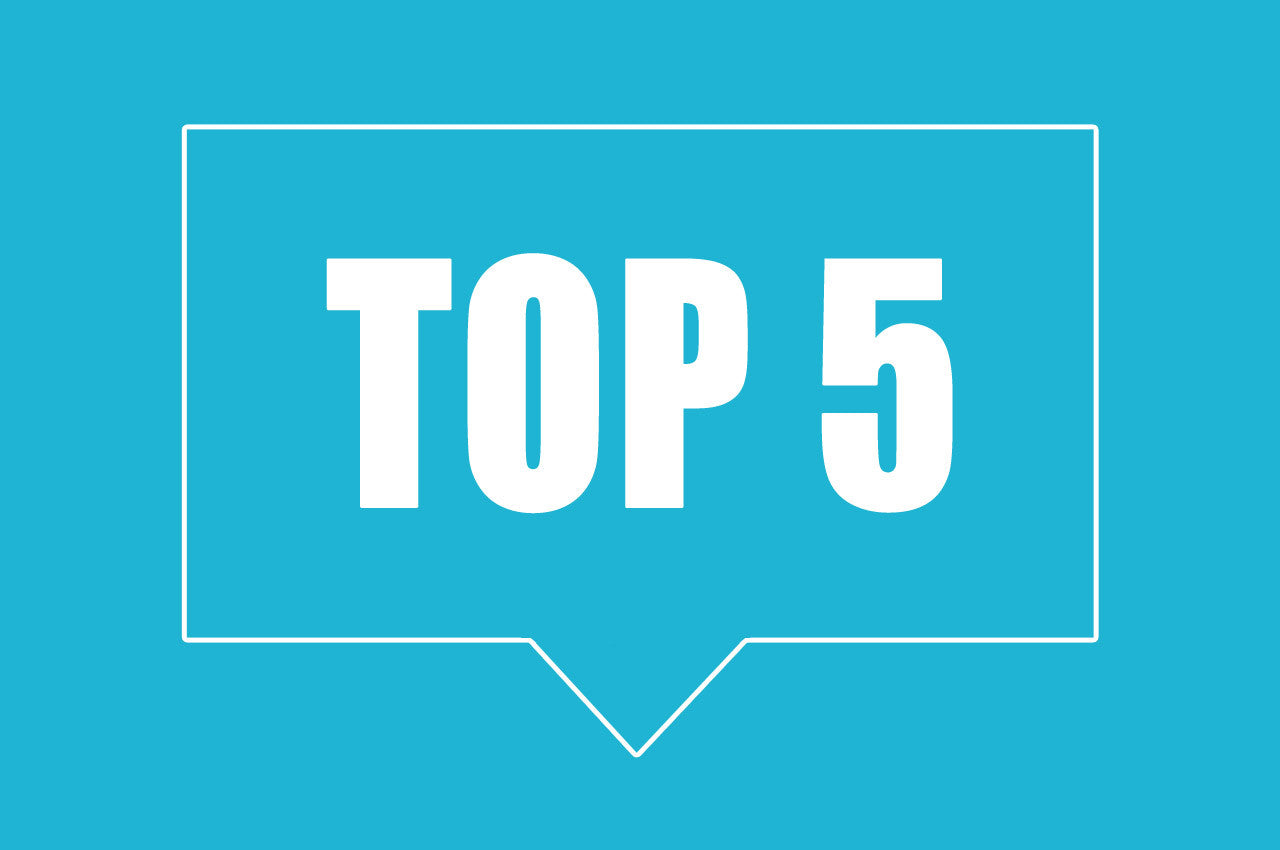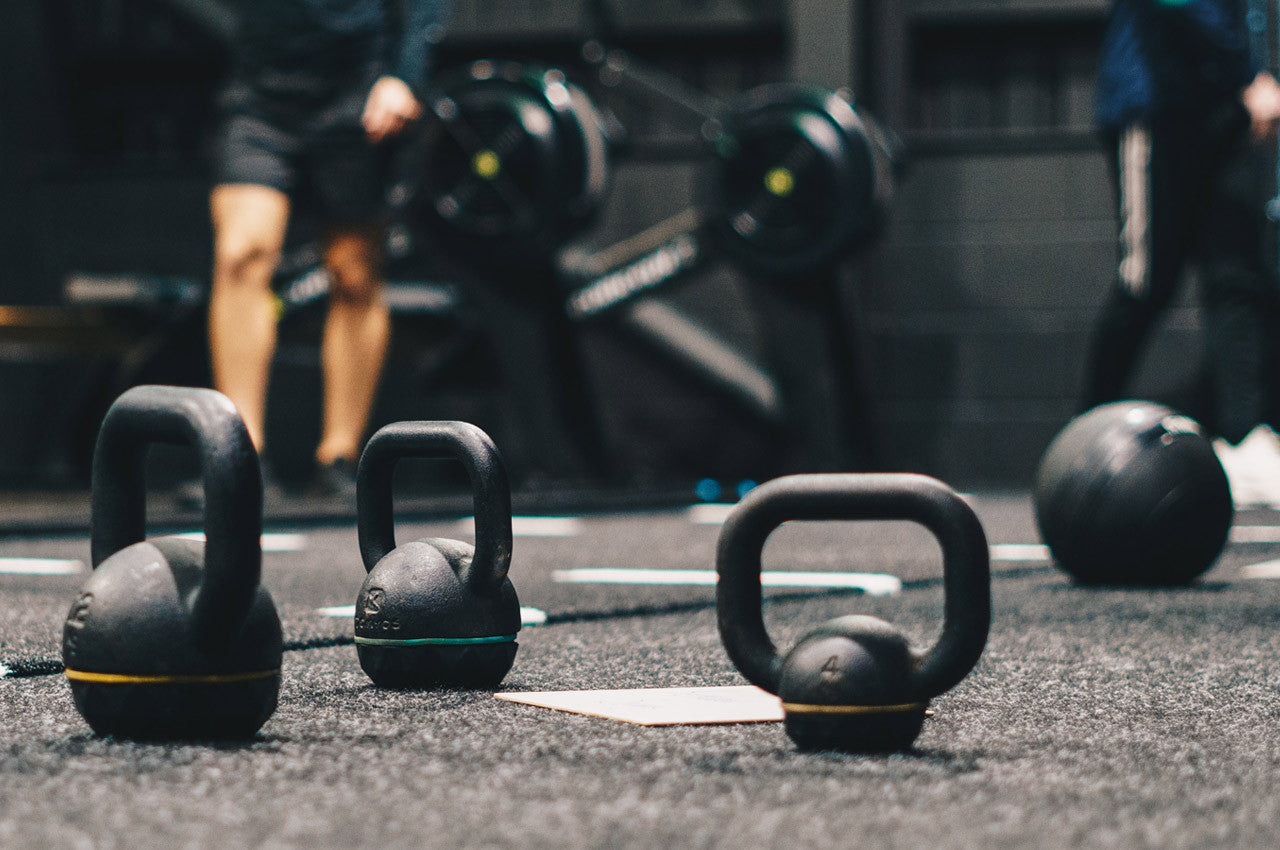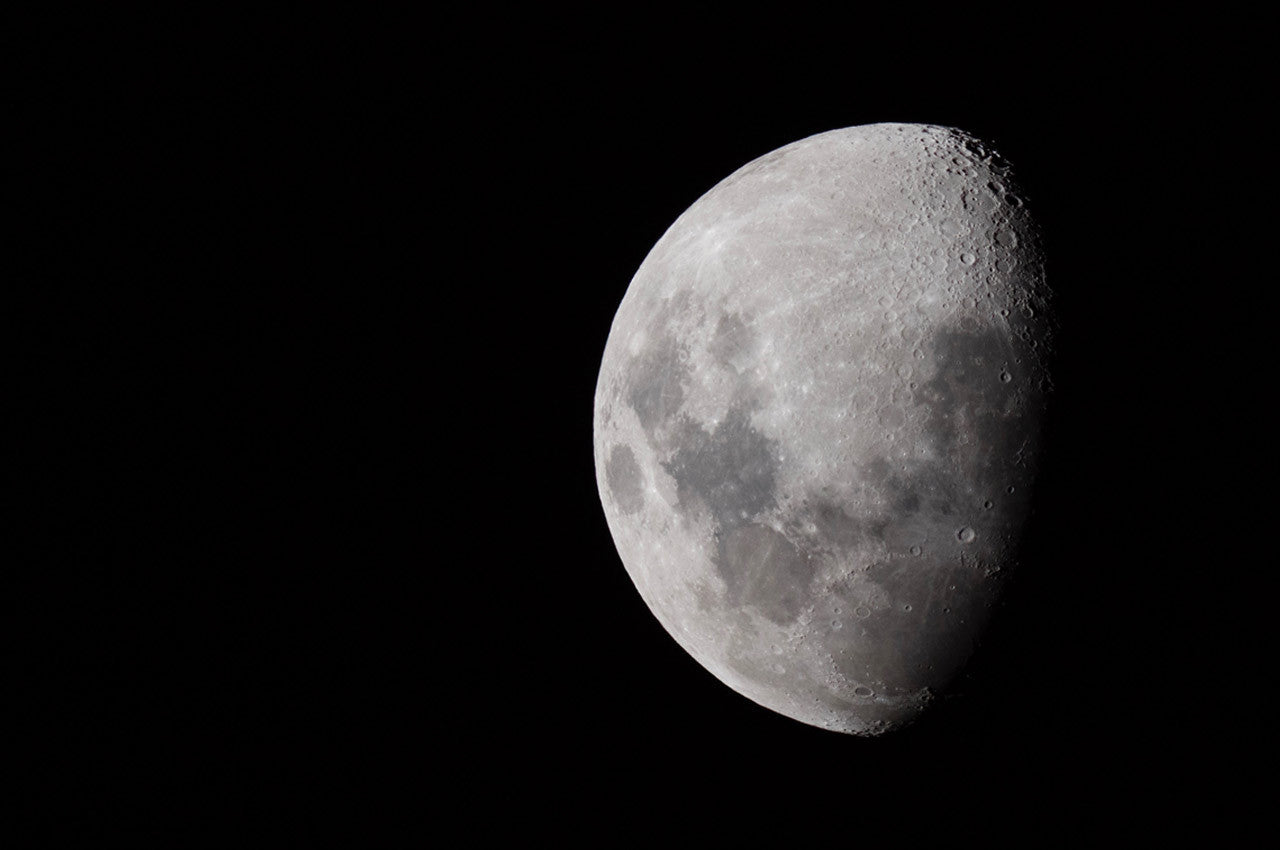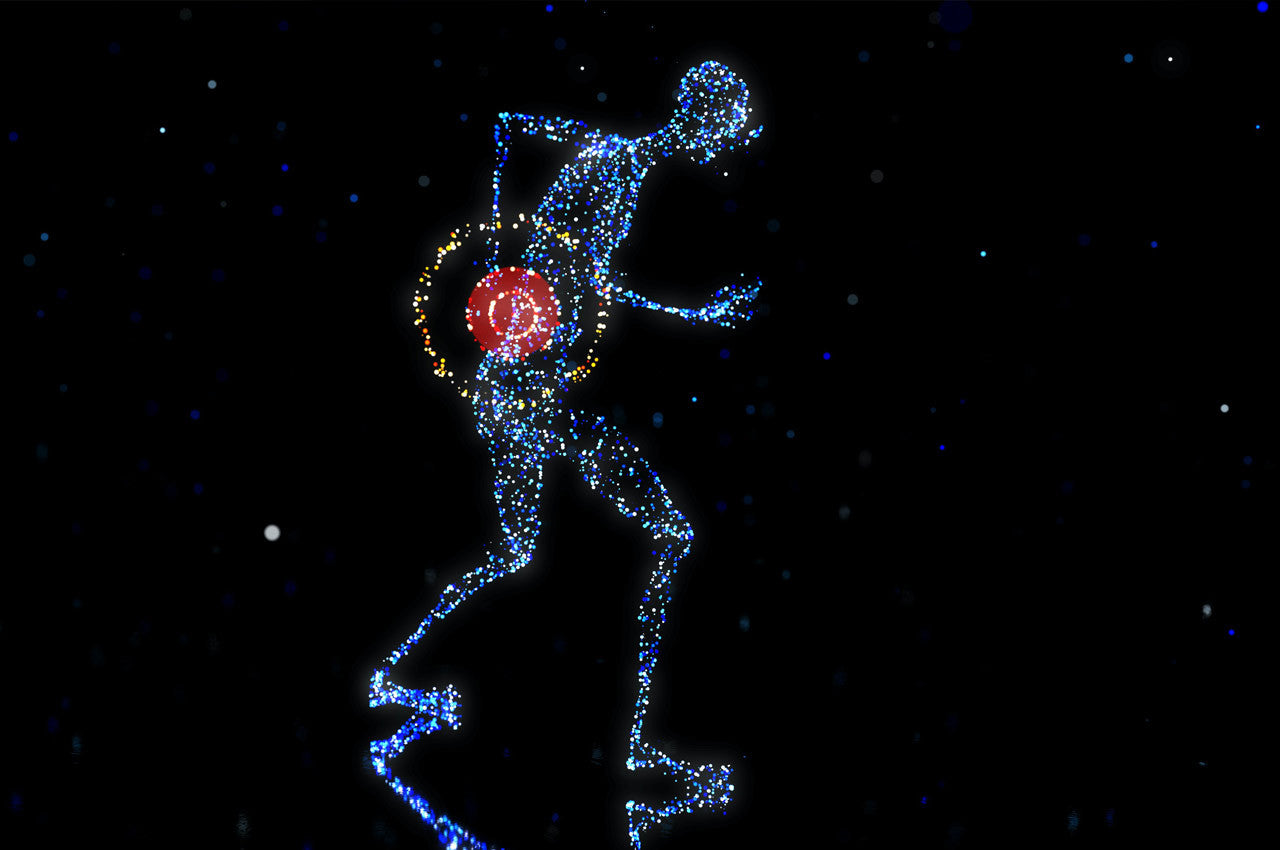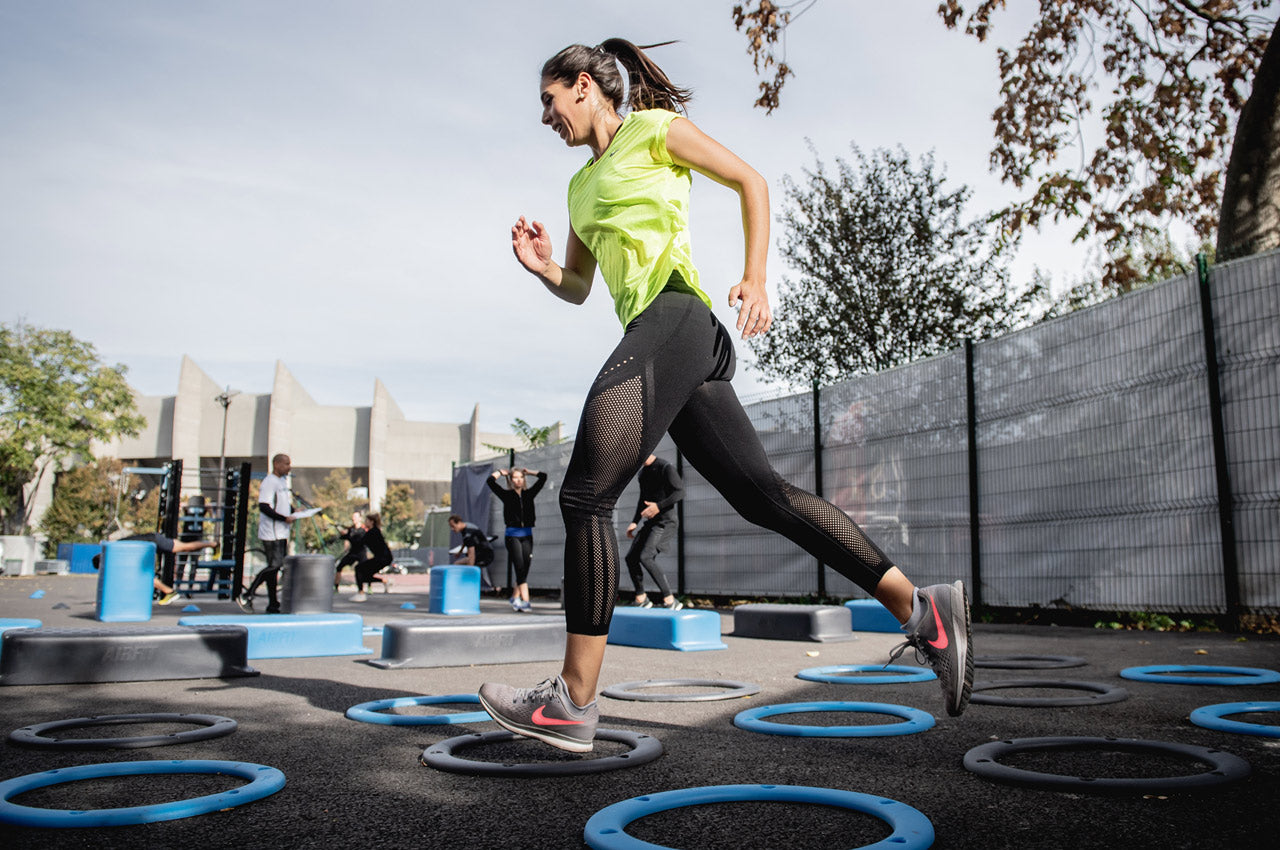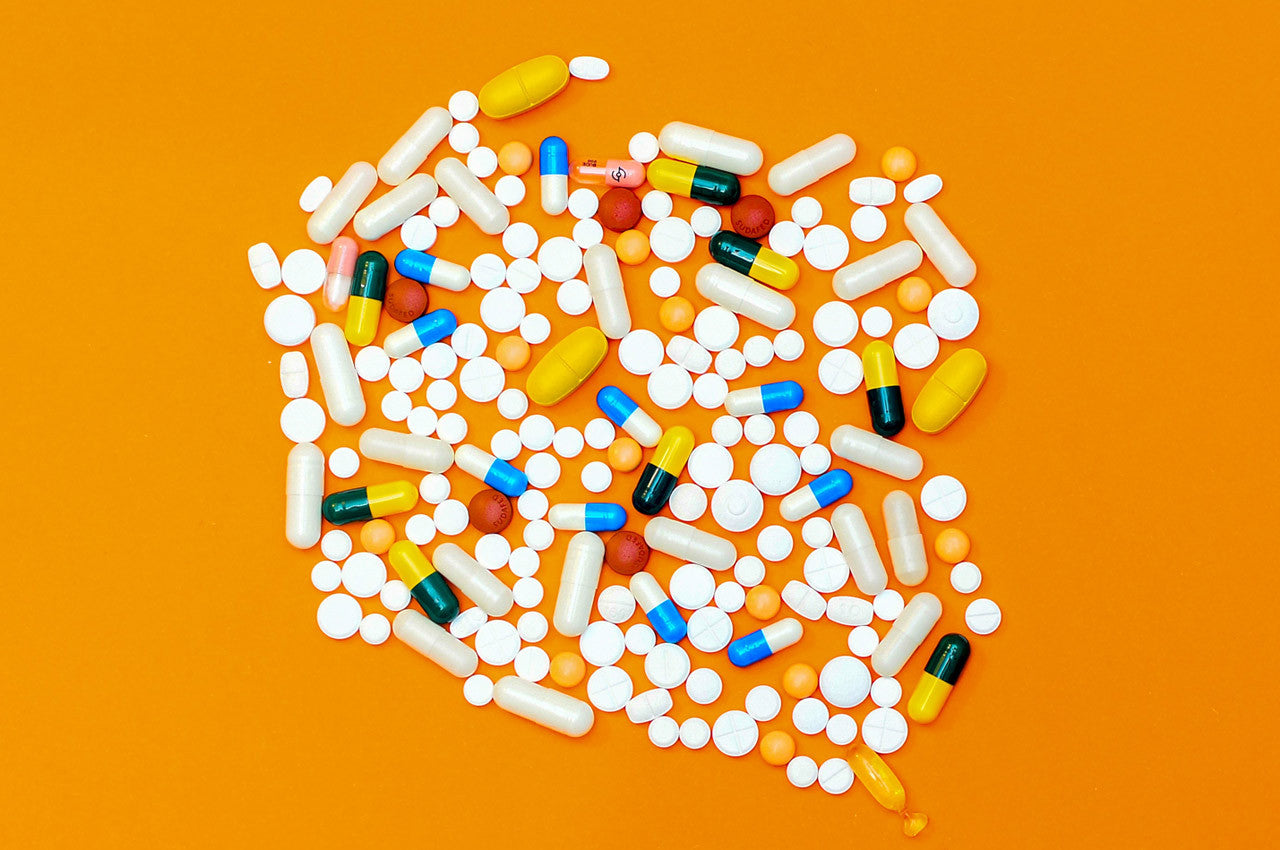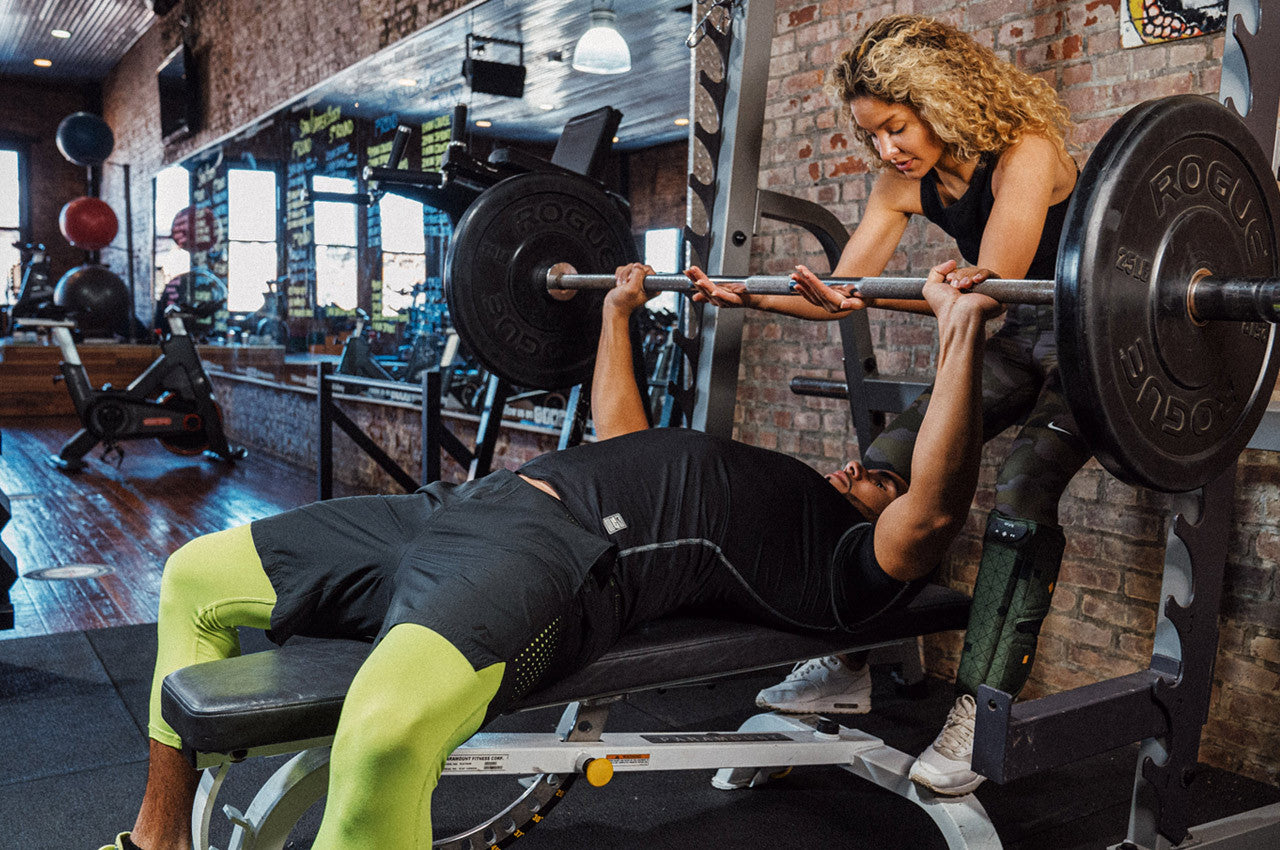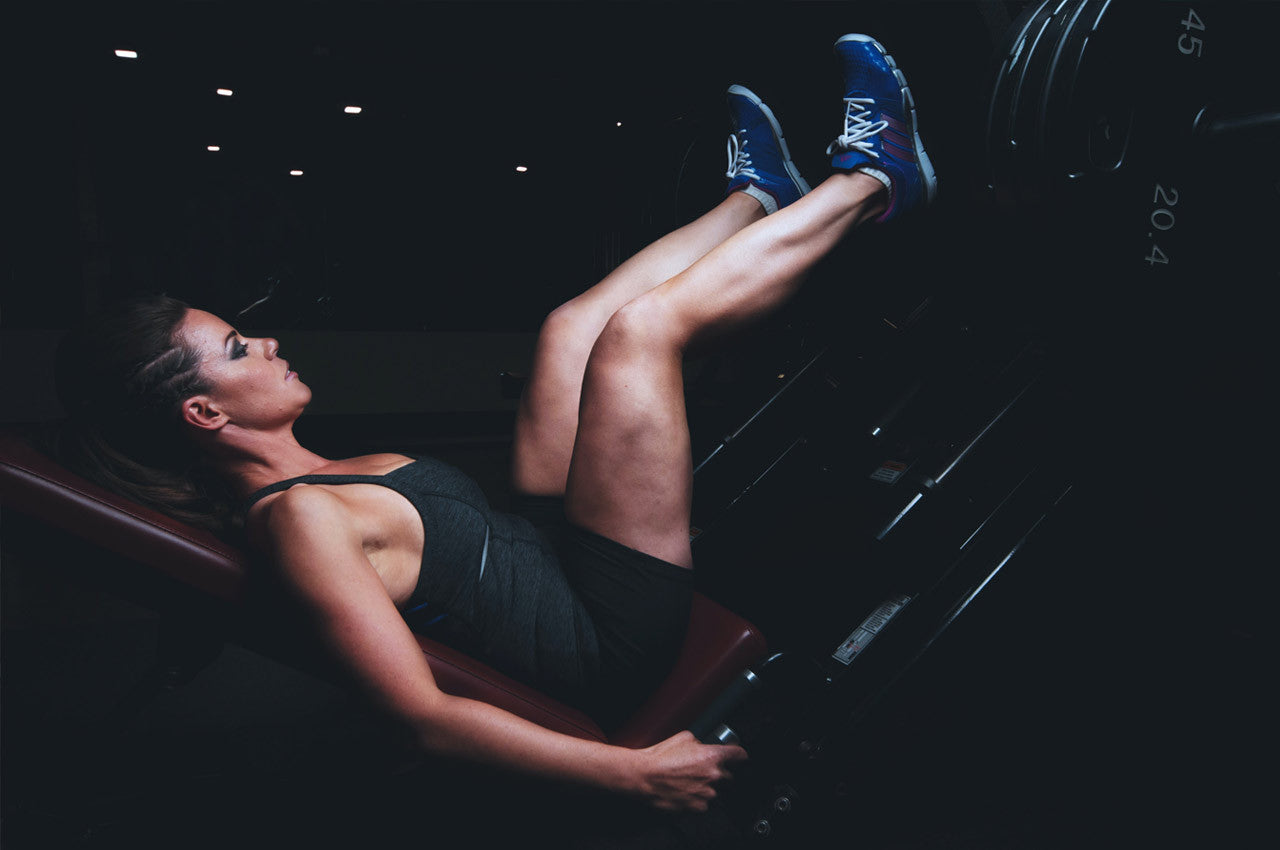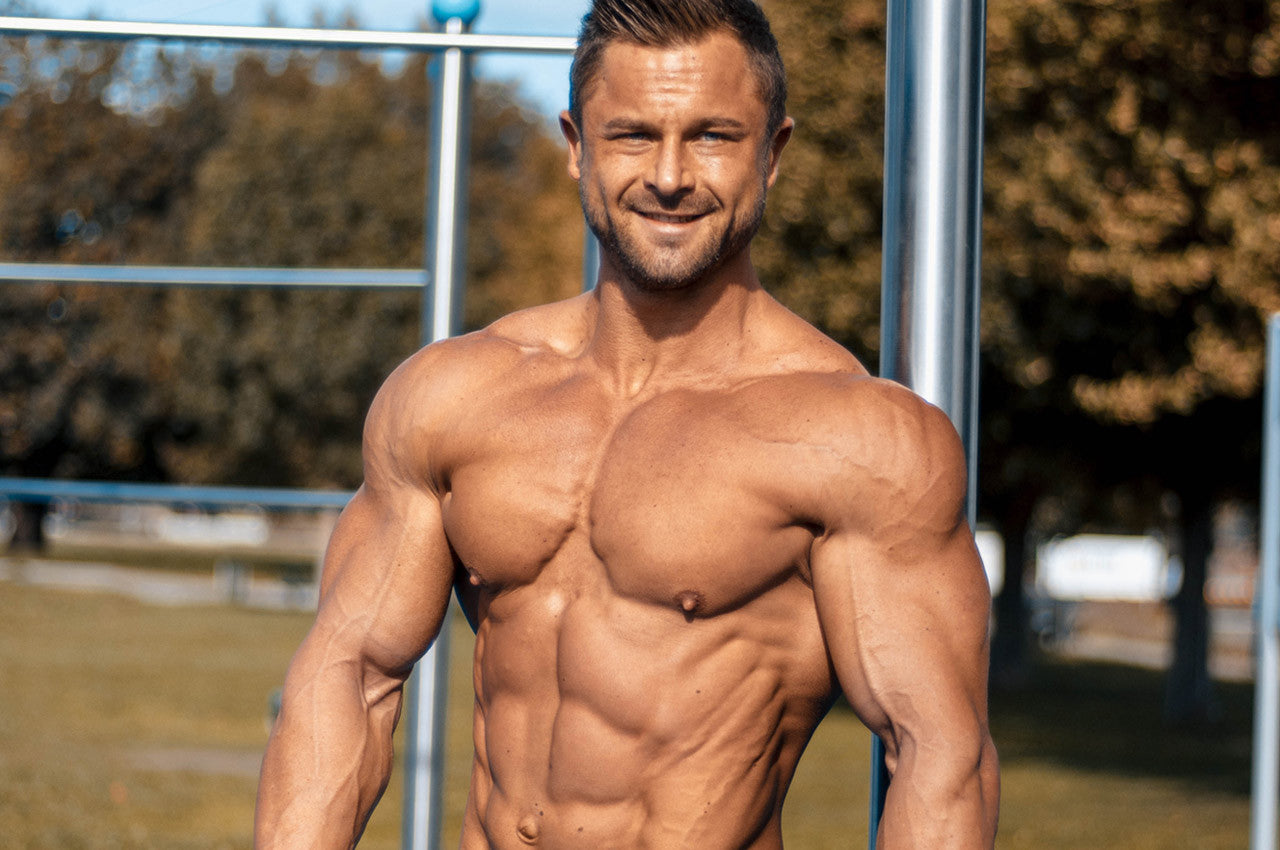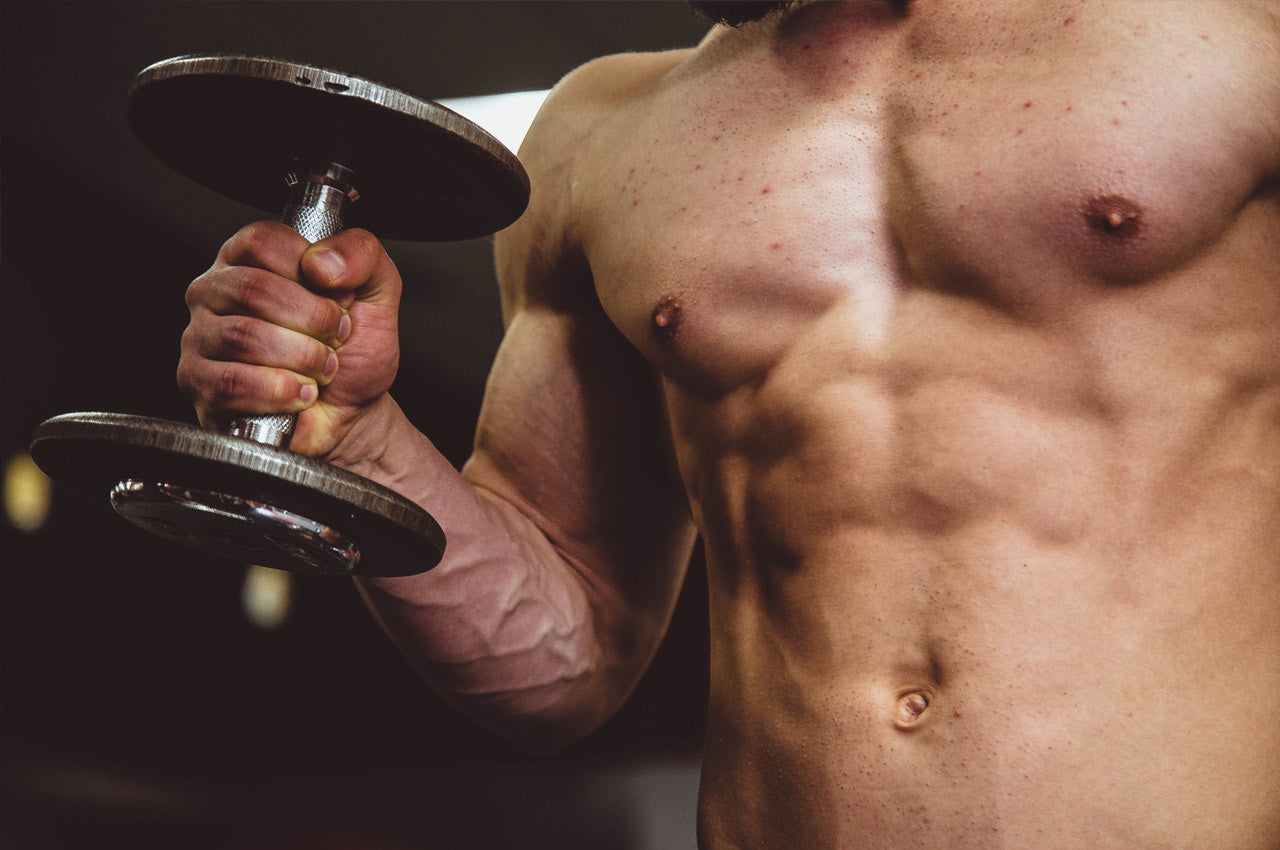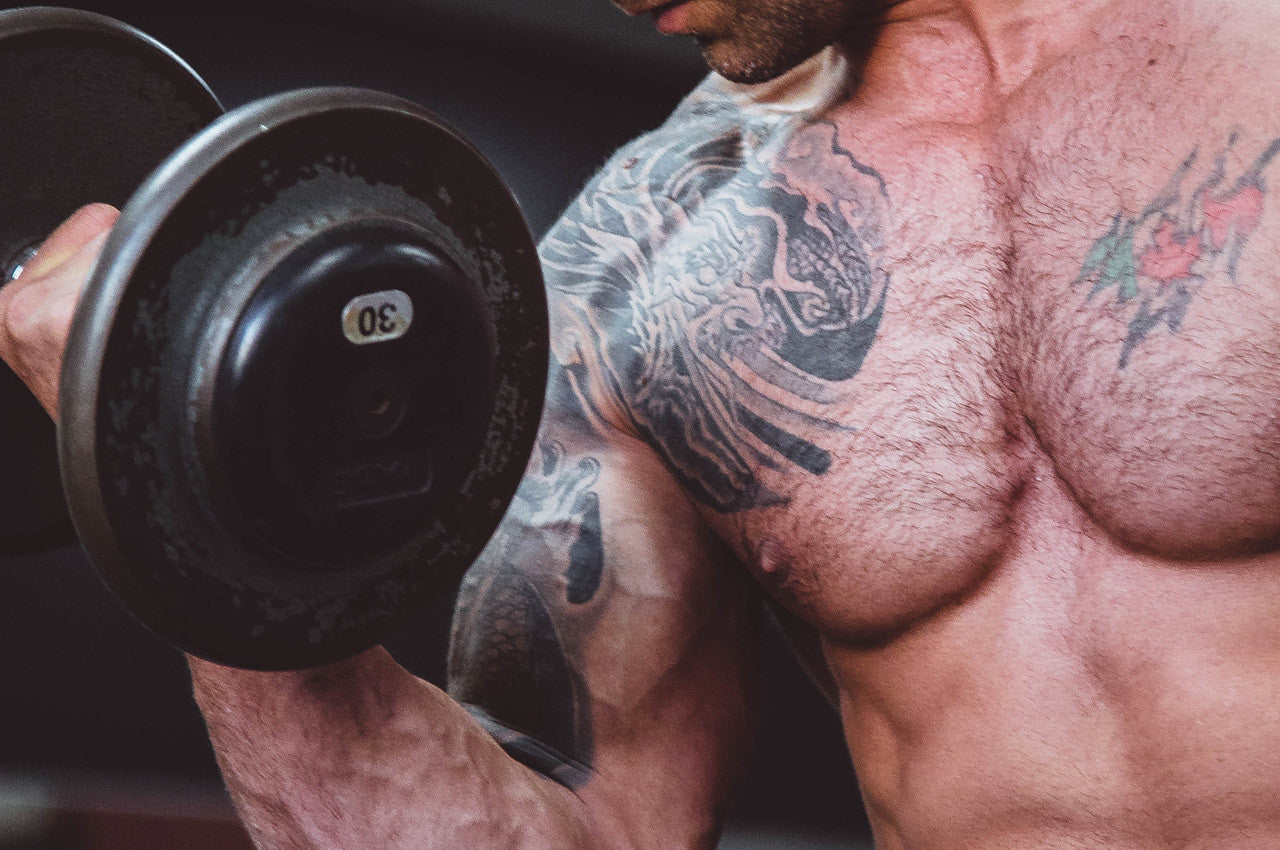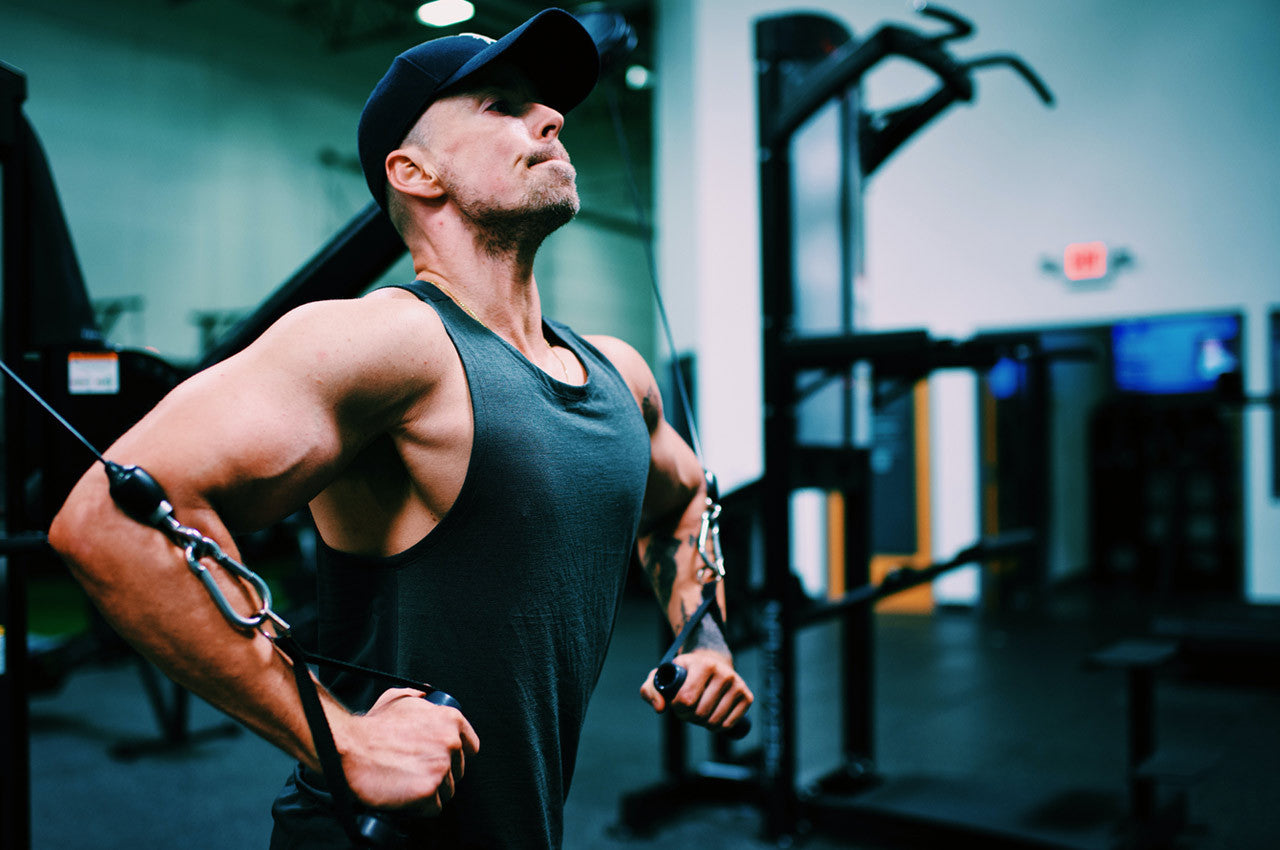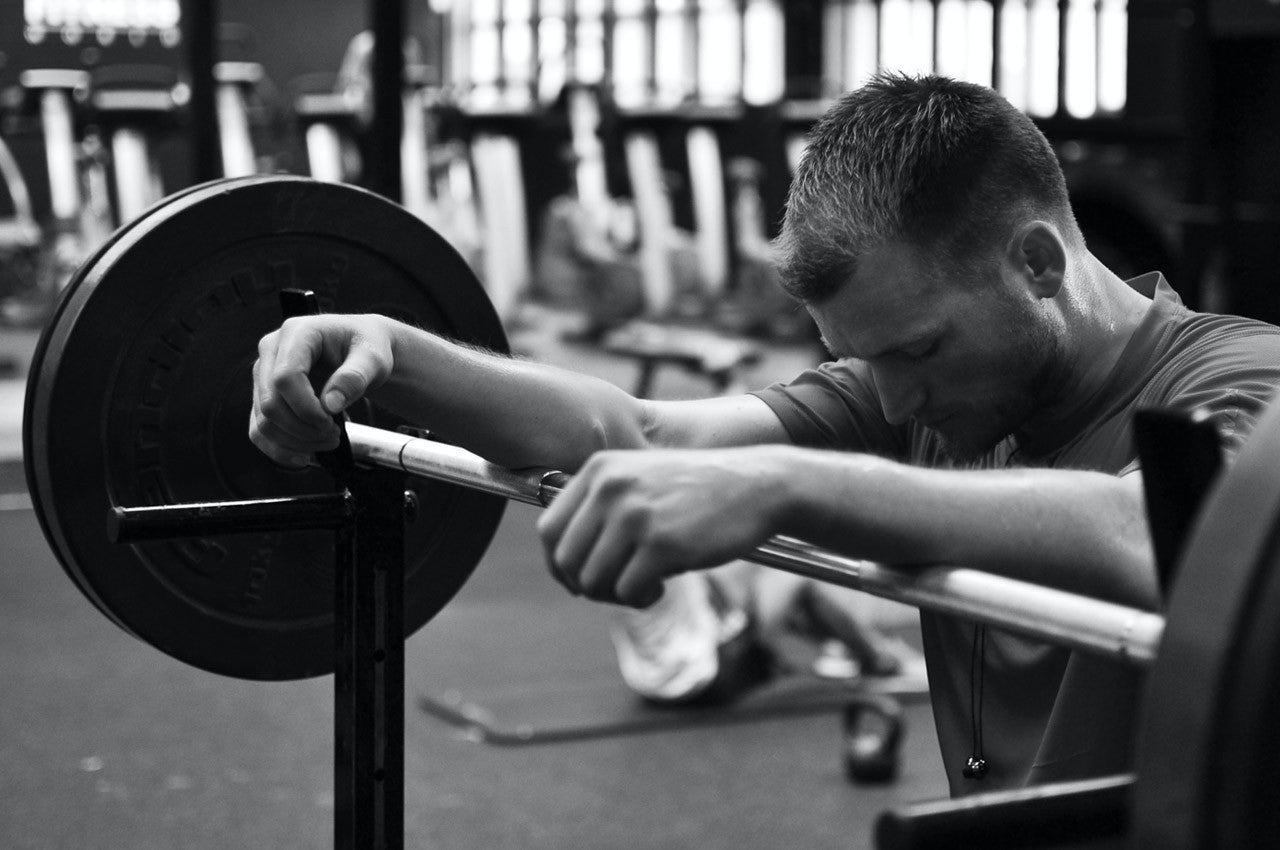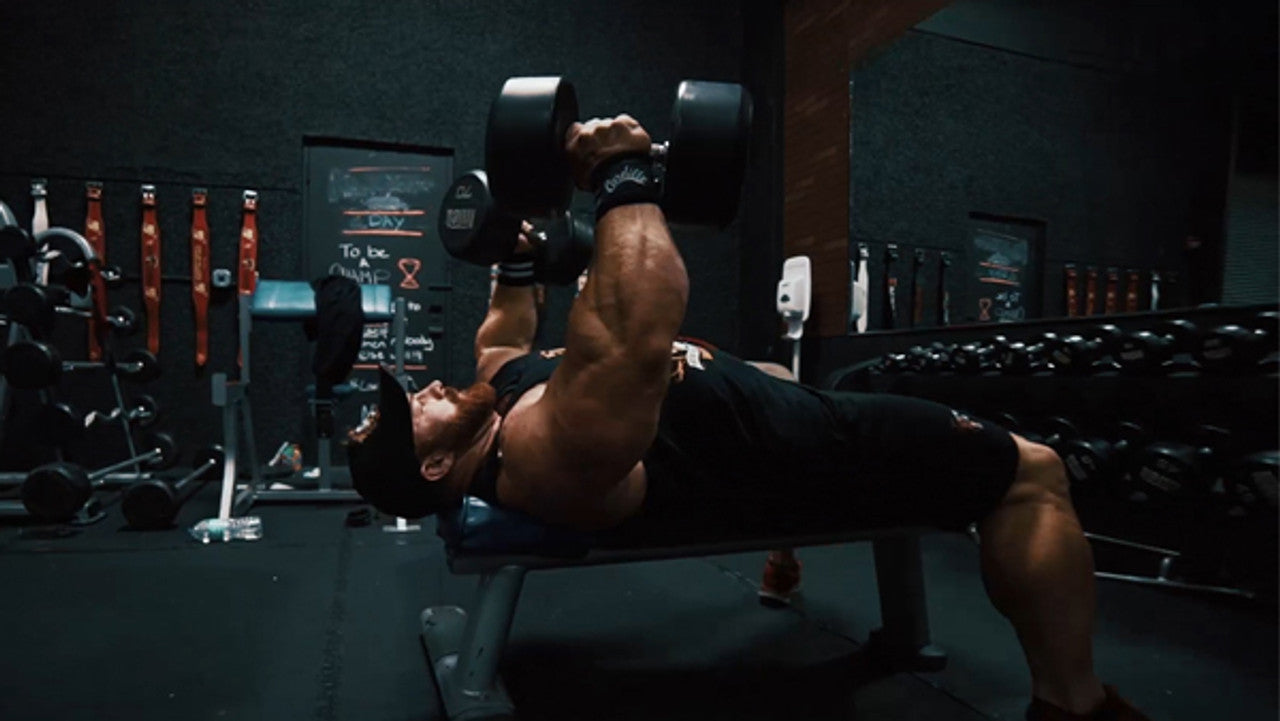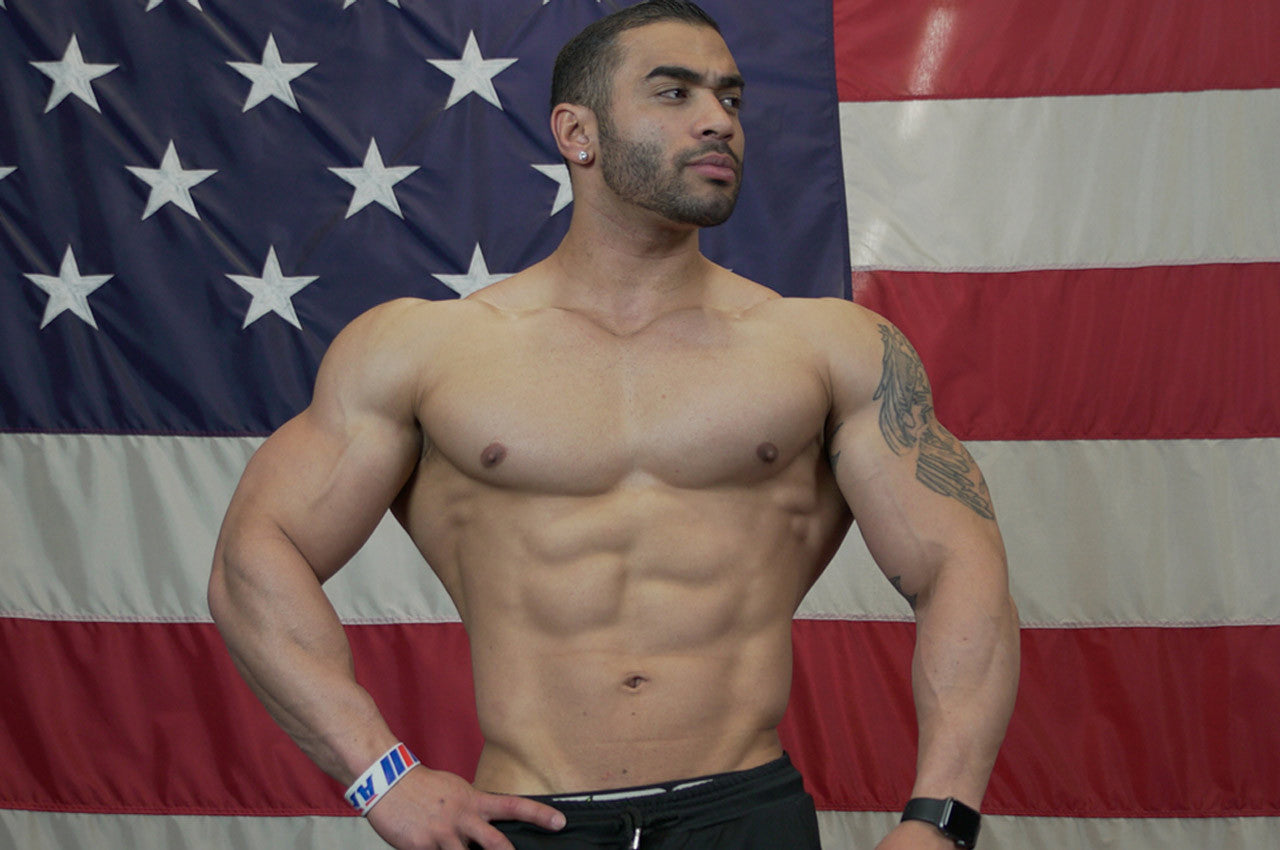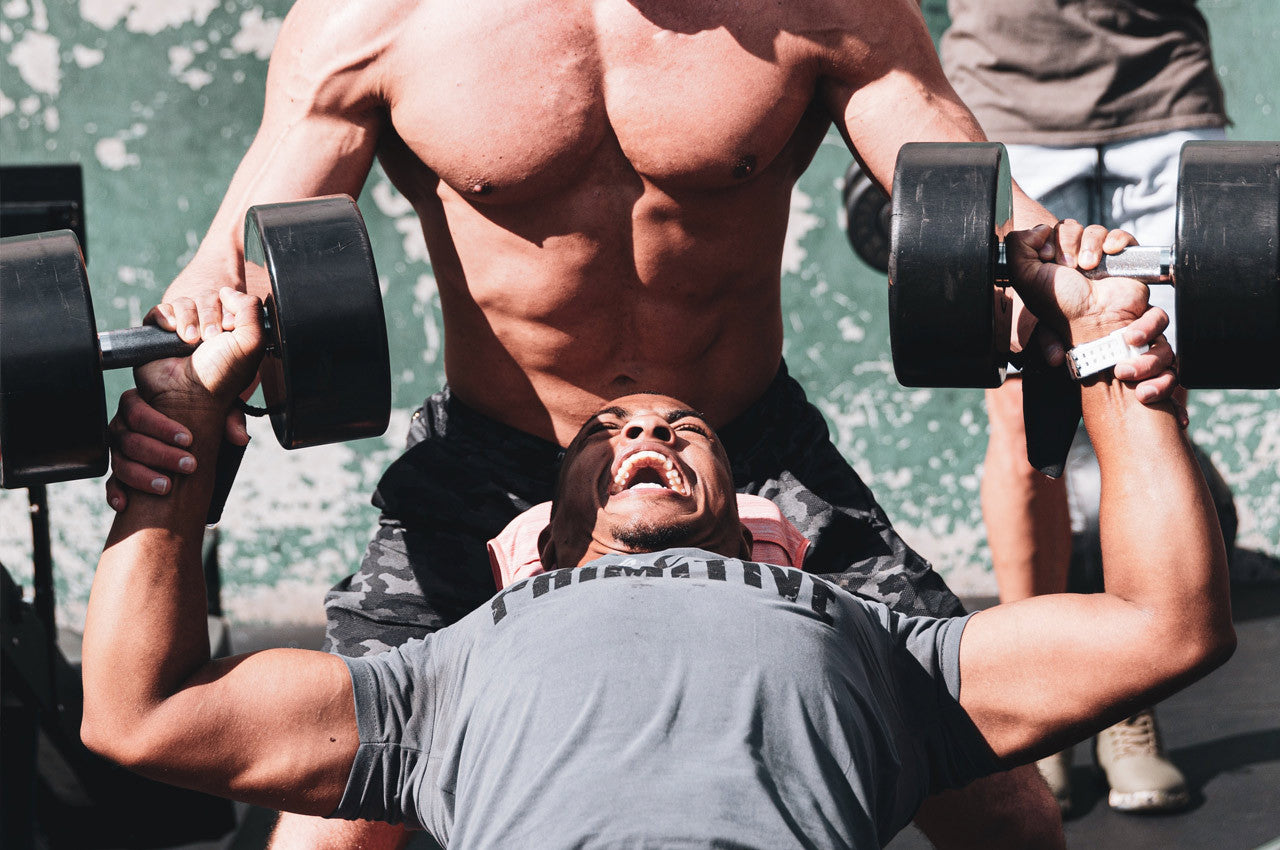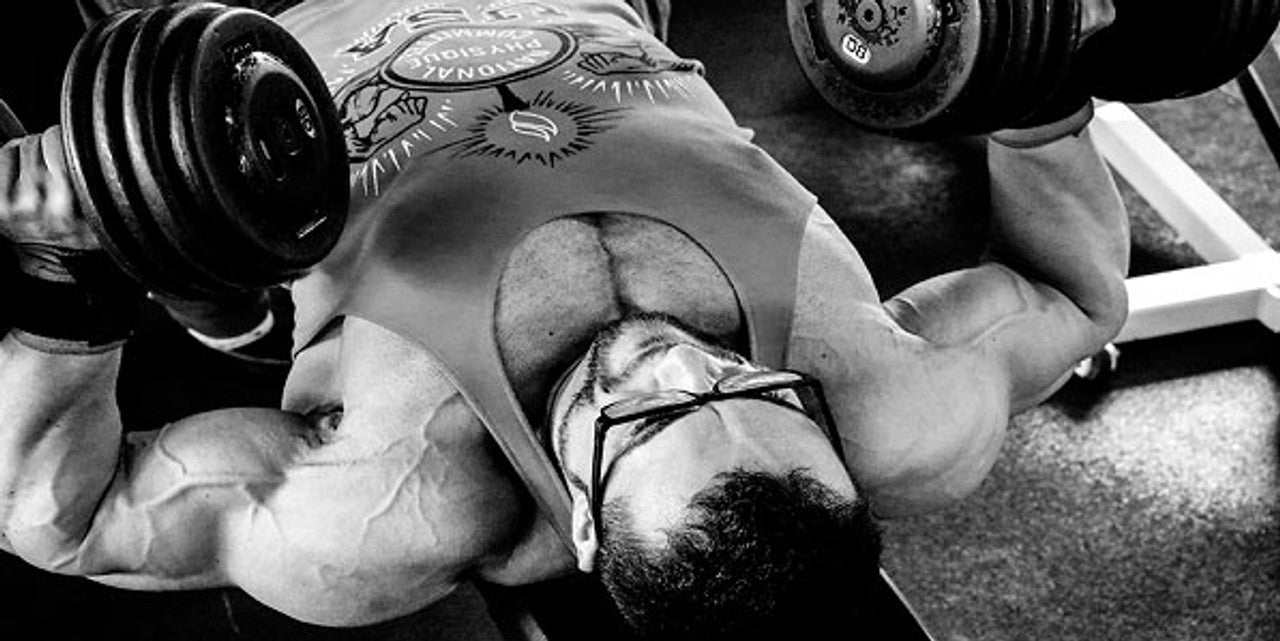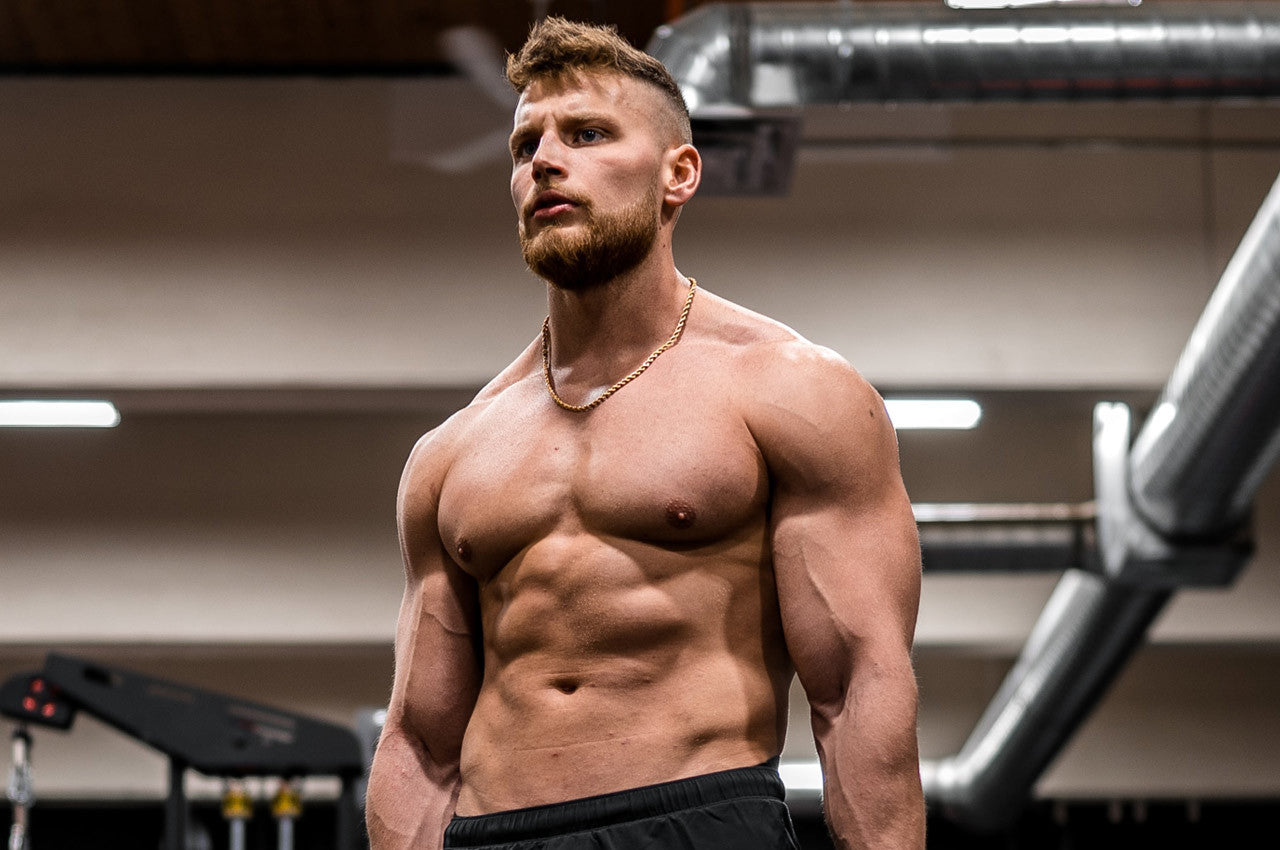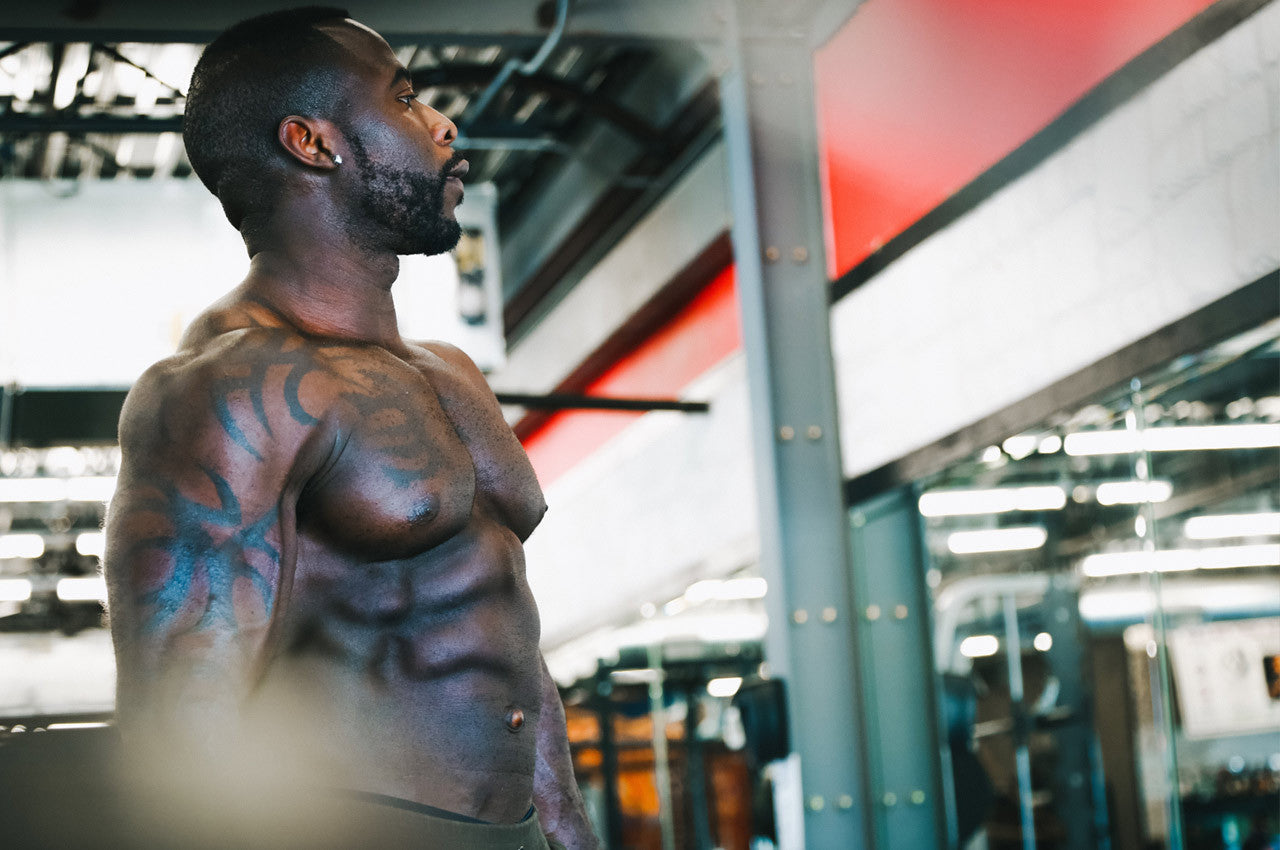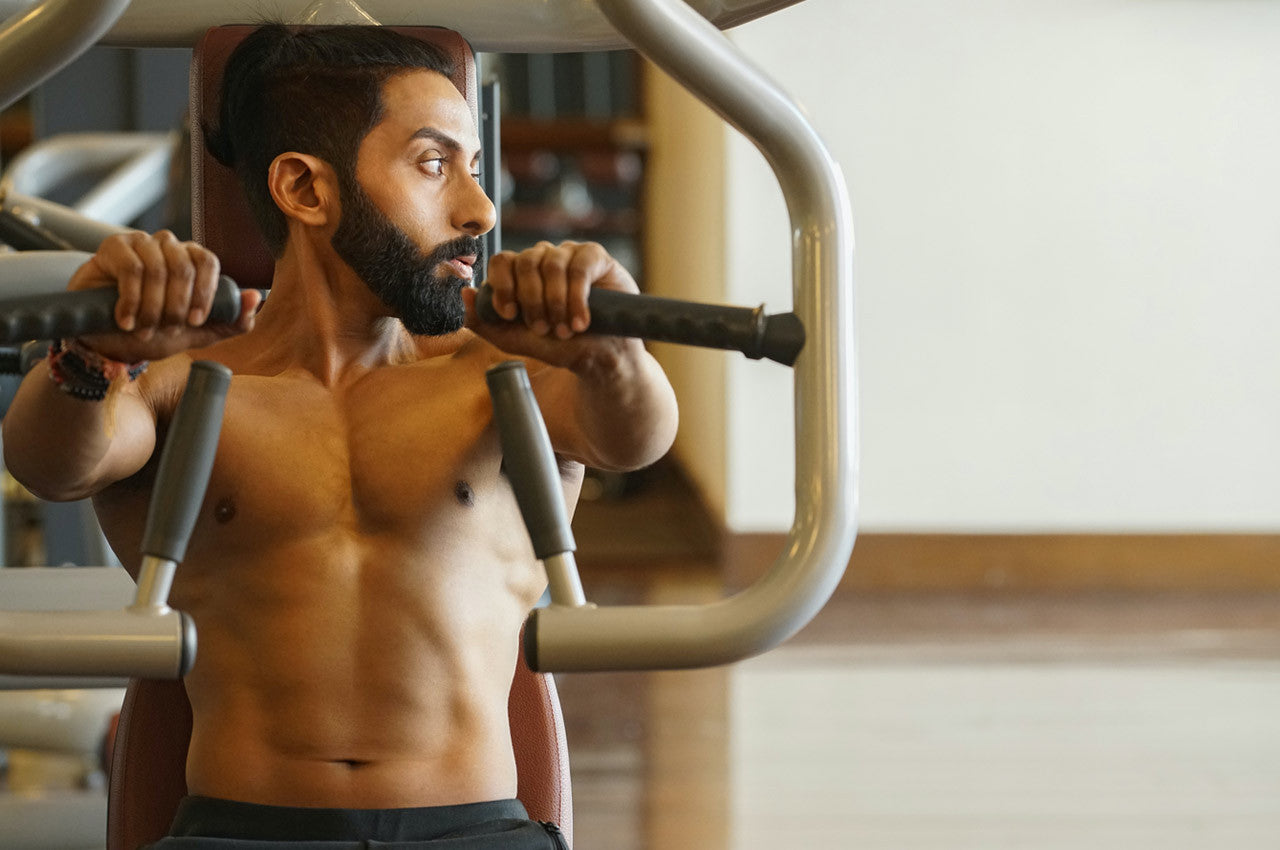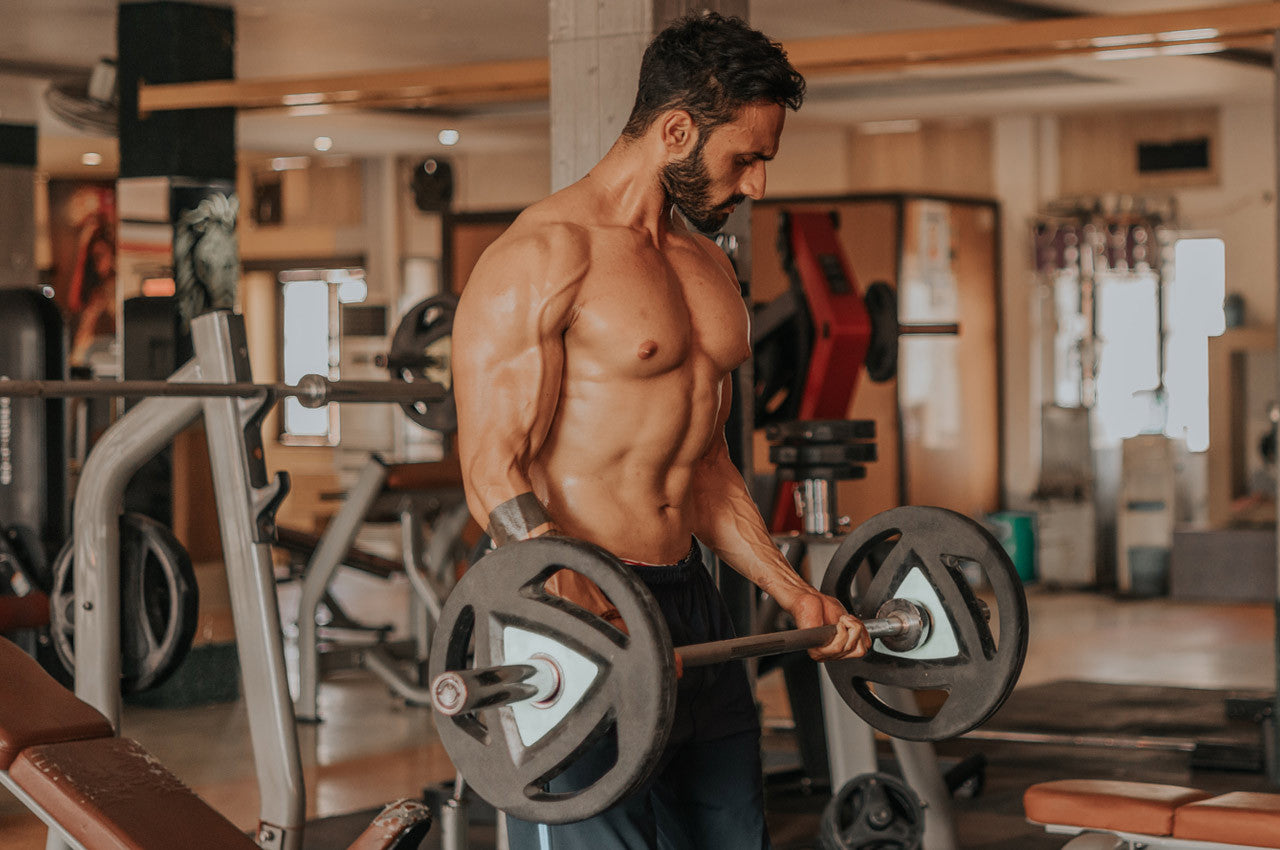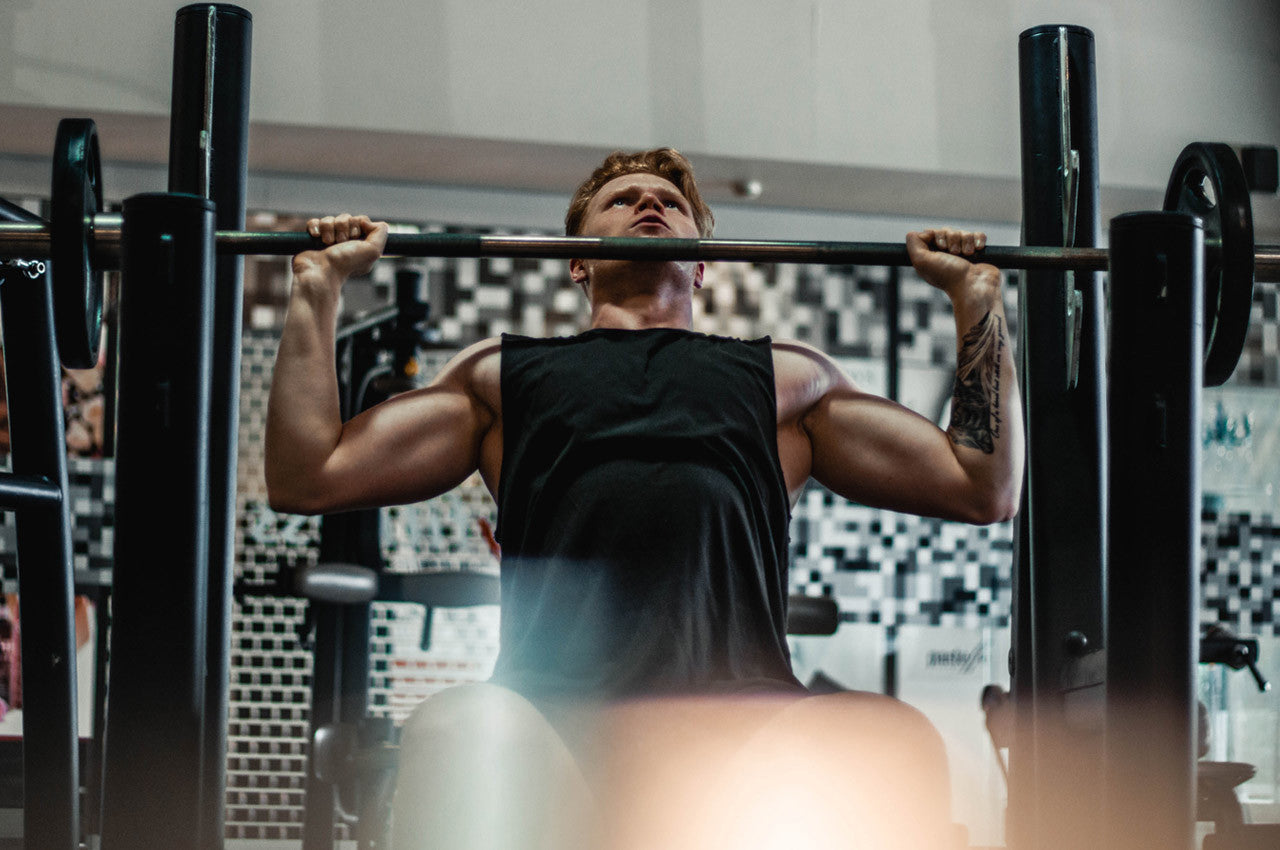Testosterone is the hormone that explodes through a boy's bloodstream as the innocence of childhood is thrust into the tumultuous roller-coaster ride of adolescence; later, blamed for the destructive and aggressive behaviors of individuals and nations. Yet, when the subject is an aging man, testosterone is the antithesis of that state. Vigor, strength, dominance and even independence wanes as senescence grasps the remaining years of life, coinciding with the decline of testosterone and other metabolic hormones. Thankfully, hormone replacement therapy (HRT) is evolving and becoming more accepted, despite entrenched opposition from polarized groups.
Androgen therapy has been used to treat aging, frail and wasting populations since the 1940s. The position of prominent voices in the American Medical Association opposed this as (paraphrasing) the elderly should grow old and die, and it is appalling to think they might regain youthful energy or sexual urges.1 Testosterone and anabolic-androgenic steroids (AAS) then became the near-exclusive domain of young men and athletes until the "anti-aging" movement grew during the 1990s. Only in the last 20 years has research described the effect of testosterone on older men, and in particular the hormone's effects on muscle mass and strength. Sadly, the preponderance of studies look at very frail men, using doses and deliveries that are divergent from the field-proven practices of bodybuilders.
RESEARCH ON ANABOLIC THERAPY
It is worthwhile to briefly review the findings reported in the late 1990s and early 2000 on a series of studies performed by Shalender Bhasin and his colleagues.2-4 Rather than looking at handgrip strength in men over 70 with heart disease— which is not to say such research is not legitimate and necessary, just not relevant to healthy, older people-Bhasin's group gave both young and older men a range of doses of testosterone enanthate, up to 600 milligrams per week for six months. Now, the two highest-dosed groups were taking anabolic doses of testosterone (without other adjunct, as would be common among bodybuilders) for a period long enough to demonstrate practical and measurable gains. Further, it allows for a direct comparison between older and younger men receiving the same drug therapy.
In summary, these experiments demonstrated that older men were as responsive to anabolic doses of testosterone as younger men. There was a greater risk of an increase in hematocrit (i.e., red blood cells), but testosterone appears to be beneficial regardless of age. Many may question the value of looking at anabolic therapy in older men, but consider that aging is associated with a condition called anabolic resistance, and that many of the chronic health conditions could be delayed or potentially prevented if the benefits of testosterone persist (and evidence suggests this is the case).5,6 Also, the tangible effects of testosterone on mood, drive, physical performance and muscularity/strength are reinforcing to the practice of physical exercise, which has immense health benefits. Additionally, several of the chronic risks have been disproves or challenged in regard to physiologic HRT, such as increased risk of prostate cancer or cardiovascular disease.7
AAS EXPOSURE AND THE AGING BODY
There is also the question of early AAS exposure on the aging body. Do young men who use AAS for recreational purposes, often in supraphysiologic "cycles" that wreak havoc on the endocrine regulatory system, suffer later challenges? Do the advantages remain after years of abstinence, or does "muscle turn to fat" in ex-jocks? It should come as no surprise to any informed user of AAS, which sadly is the minority of young men "juicing" in the gyms, that there are later consequences potentially following the use of AAS. Certainly, a notable number of men have difficulty, even with post-cycle therapy of hCG, clorniphene and sometimes aromatase inhibitors, in returning to normal fertility and "natural" testosterone production. Rarely is this an incurable state with either time or more aggressive post-cycle support, but a number of men have presented to urology clinics and fertility centers to discover that they are profoundly hypogonadal, which means they have the testosterone of an old lady and too few sperm to successfully conceive.8
What of those who finish using AAS and go on to a "normal" life, but later return to the gym? Well, based upon gym lore of "muscle memory" and animal studies, it appears that some of the cellular effects of AAS in skeletal muscle may be retained and lie dormant until an active lifestyle is engaged upon again. One feature supporting this theory is the presence of a greater number of myonuclei in the muscle cells of rats treated with AAS early in life, then exercised as older mice. Prior AAS exposure resulted in more rapid gains in strength and muscle mass, and a higher ceiling of both compared to "lifetime natural" rats.9
OF MICE AND OLDER MEN
Humans are not rats. So it remains to be seen if this effect occurs in people as well. One phe-nomenon that has been occurring in competitive bodybuilding is the extension of the career of many professionals beyond the age of 30. Once, body-building was a young man's sport, and it was rare to see a competitor who was past 35. Albert Beckles is the true Methuselah of bodybuilding, competing in the Mr. Olympia in 1991 at the age of 61! He did not place, but in 1987 he placed seventh at the age of 57. A resurgence in older competitors is trending, with the continued dominance of 46-year-old Dexter Jackson and special invitation to the 2016 Mr. Olympia for 51-year-old Kevin Levrone. No specific knowledge, or allegation of any use of testosterone or other physique-enhancing drugs is known of Beckles, Jackson or Levrone; it is clear these men are as capable as their younger peers of responding to the muscle-building power of intense training, dedicated diet, an anabolic hormonal milieu and awe-inspiring genetics.
REFERENCES: 1. de Kruif P. The male hormone. Harcourt, Brace & Company, NY; 1945. 2. Bhasin S, Woodhouse L, et al. Older men are as responsive as young men to the anabolic effects of graded doses of testosterone on the skeletal muscle. J Clin Endocrinol Metab 2005;90:678-88. 3. Sinha-Hikim I, Cornford M, et al. Effects of testosterone supplementation on skeletal muscle fiber hypertrophy and satellite cells in community-dwelling older men. J Clin Endocrinol Metab 2006;91:3024-33. 4. Calof OM, Singh AB, et al. Adverse events associated with testosterone replacement in middle-aged and older men: a meta-analysis of randomized, placebo-controlled trials. J Gerontol A Biol Sci Med Sci 2005:60:1451-7. 5. Breen L, Phillips SM. Skeletal muscle protein metabolism in the elderly: Interventions to counteract the 'anabolic resistance' of ageing. Nutr Metab 2011 Oct 5;8:68(11 pp). 6. Yassin AA, Nettleship J, et al. Effects of continuous long-term testosterone therapy (TTh) on anthropometric, endocrine and metabolic parameters for up to 10 years in 115 hypogonadal elderly men: real-life experience from an observational registry study. Andrologia 2016 Jan 14. doi 10.1111/and.12514. [Epub, ahead of print] 7. Wallis CJ, Lo K, et al. Survival and cardiovascular events in men treated with testosterone replacement therapy: an intention-to-treat observational cohort study. Lancet Diabetes Endocrinol 2016;4:498-506. 8. Coward RM, Rajanahally S, et at. Anabolic steroid induced hypogonadism in young men. J Urol 2013;190:2200-5. 9. Egner IM, Bruusgaard JC, et al. A cellular memory mechanism aids overload hypertrophy in muscle long after an episodic exposure to anabolic steroids. J Physiol 2013;591:6221-30.

